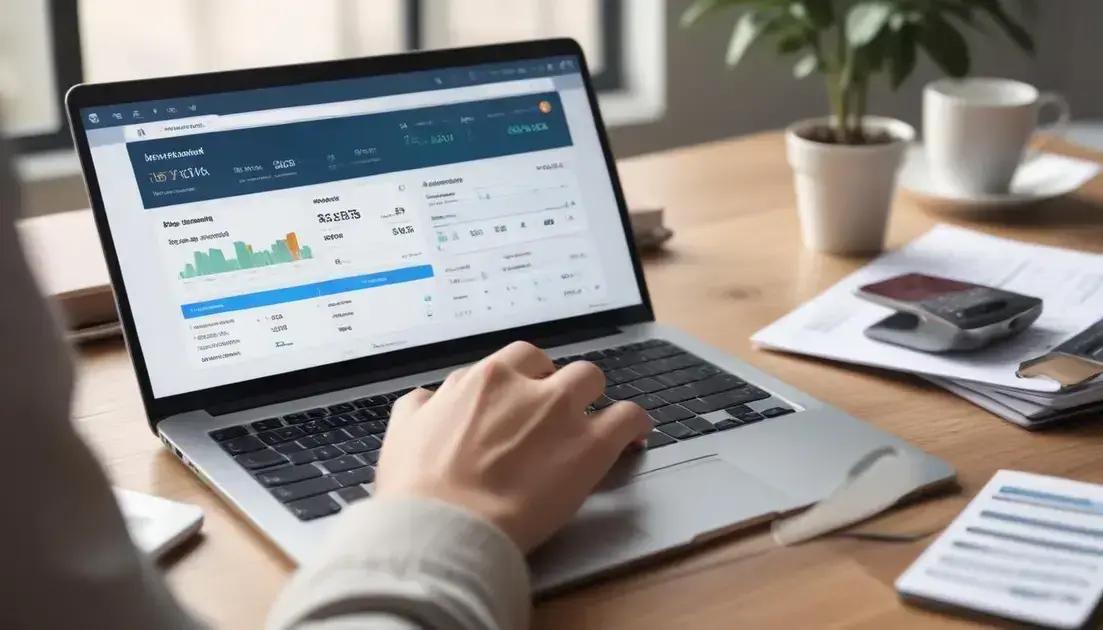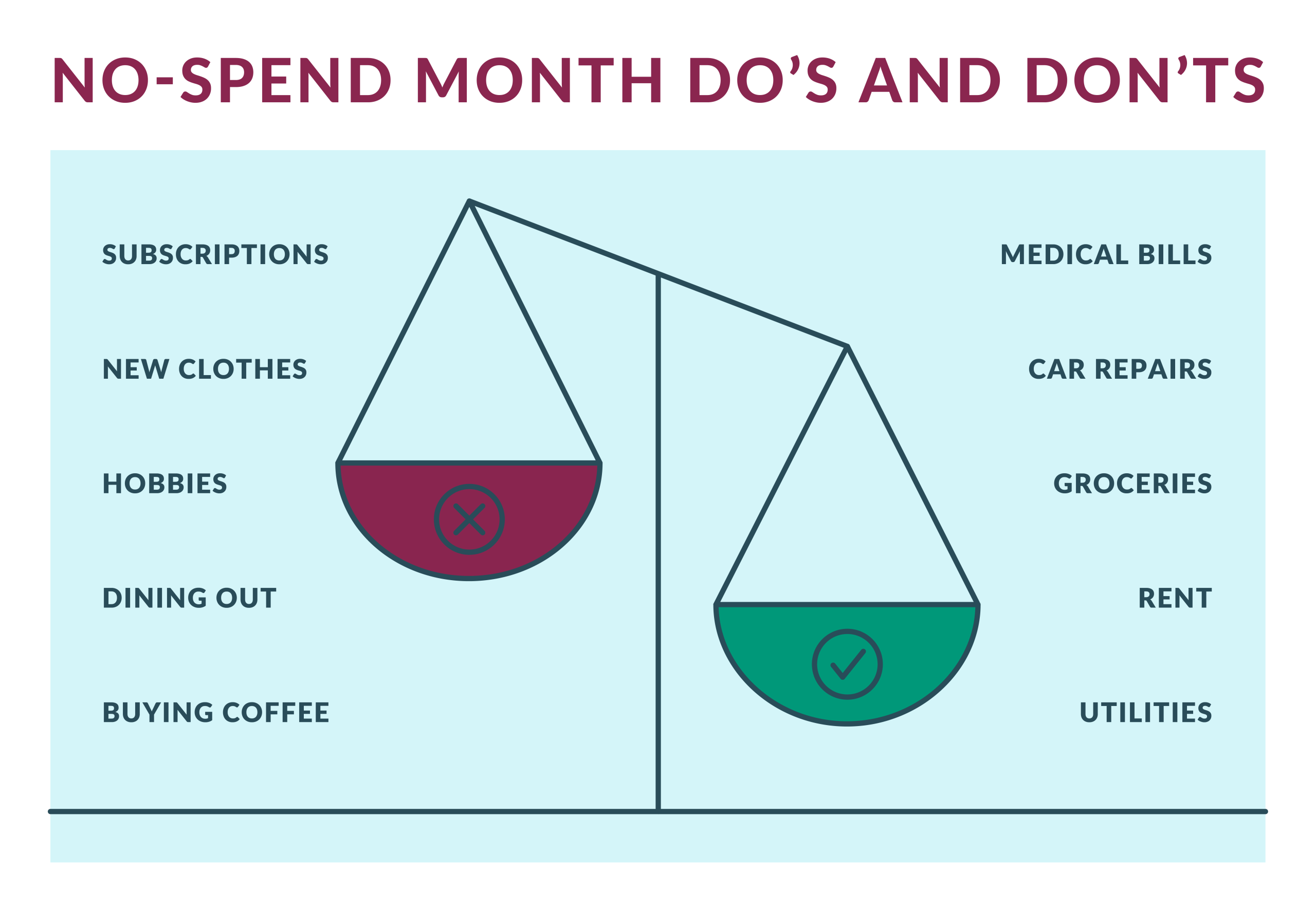Anúncios
Buying a home involves several financial steps, and one of the most significant is the down payment.
This payment is crucial in securing a mortgage and buying a property.
Let’s explore what a down payment is, why it’s important, and how to manage it effectively.
Definition of Down Payment
A down payment is an upfront payment made by the buyer at the beginning of the home purchase process.
It represents a portion of the total purchase price and is typically expressed as a percentage of that price.
The down payment is paid at closing and reduces the amount of money that needs to be financed through a mortgage.
In this wya, it is a critical component of buying a home. It shows the lender that the buyer has a financial stake in the property, reducing the lender’s risk.
Purpose of a Down Payment
The primary role of a down payment is to secure a mortgage. By putting down a significant amount upfront, the buyer reduces the total loan amount, which in turn lowers the monthly mortgage payments.
Additionally, a higher down payment can lead to better loan terms and lower interest rates.
How Much Down Payment is Typically Required?
The amount required for a down payment can vary:
- Conventional Loans: Typically require 5-20% of the purchase price.
- FHA Loans: Require as little as 3.5% of the purchase price.
- VA and USDA Loans: May require no down payment at all for eligible buyers.
Factors Influencing the Amount:
- Credit Score: Higher credit scores can lead to lower down payment requirements.
- Loan Type: Different loans have different down payment criteria.
- Property Type: Investment properties often require higher down payments than primary residences.
How to Save for a Down Payment
Saving for a down payment can be challenging, but with the right strategies, it’s achievable:
- Set a Budget: Determine how much you need to save and create a monthly savings plan.
- Cut Expenses: Reduce unnecessary spending and allocate those funds towards your down payment.
- Automate Savings: Set up automatic transfers to a dedicated savings account.
- Increase Income: Consider side jobs or freelance work to boost your savings.
Down Payment Assistance Programs
For those who need help with their down payment, several assistance programs are available:
- Federal Programs: Such as FHA loans, VA loans, and USDA loans.
- State and Local Programs: Many states and local governments offer grants and low-interest loans.
- Non-Profit Organizations: Some non-profits provide down payment assistance to eligible buyers.
Eligibility varies by program, but typically includes income limits, first-time buyer status, and purchasing in specific areas.
Applications are usually submitted through the lender or directly to the assistance program.
Down Payment vs. Earnest Money
It’s important to understand the difference between a down payment and earnest money:
- Down Payment: A significant payment made at closing that reduces the loan amount.
- Earnest Money: A smaller, upfront deposit made to show the buyer’s serious intent to purchase the property.
For more details on earnest money, check out our article on What Is Earnest Money?
Tips for Making a Down Payment
Here are some best practices for making a down payment:
- Negotiate: Some lenders may allow lower down payments or better terms.
- Understand PMI: Private Mortgage Insurance (PMI) may be required if your down payment is less than 20%.
- Prepare for Closing Costs: In addition to the down payment, be ready to cover closing costs, which can be 2-5% of the purchase price.
A down payment is a critical step in buying a home, providing security to both the lender and the buyer. By understanding its importance and planning effectively, buyers can make informed decisions and achieve their homeownership goals.
Was the content useful? So keep following the site for more.






